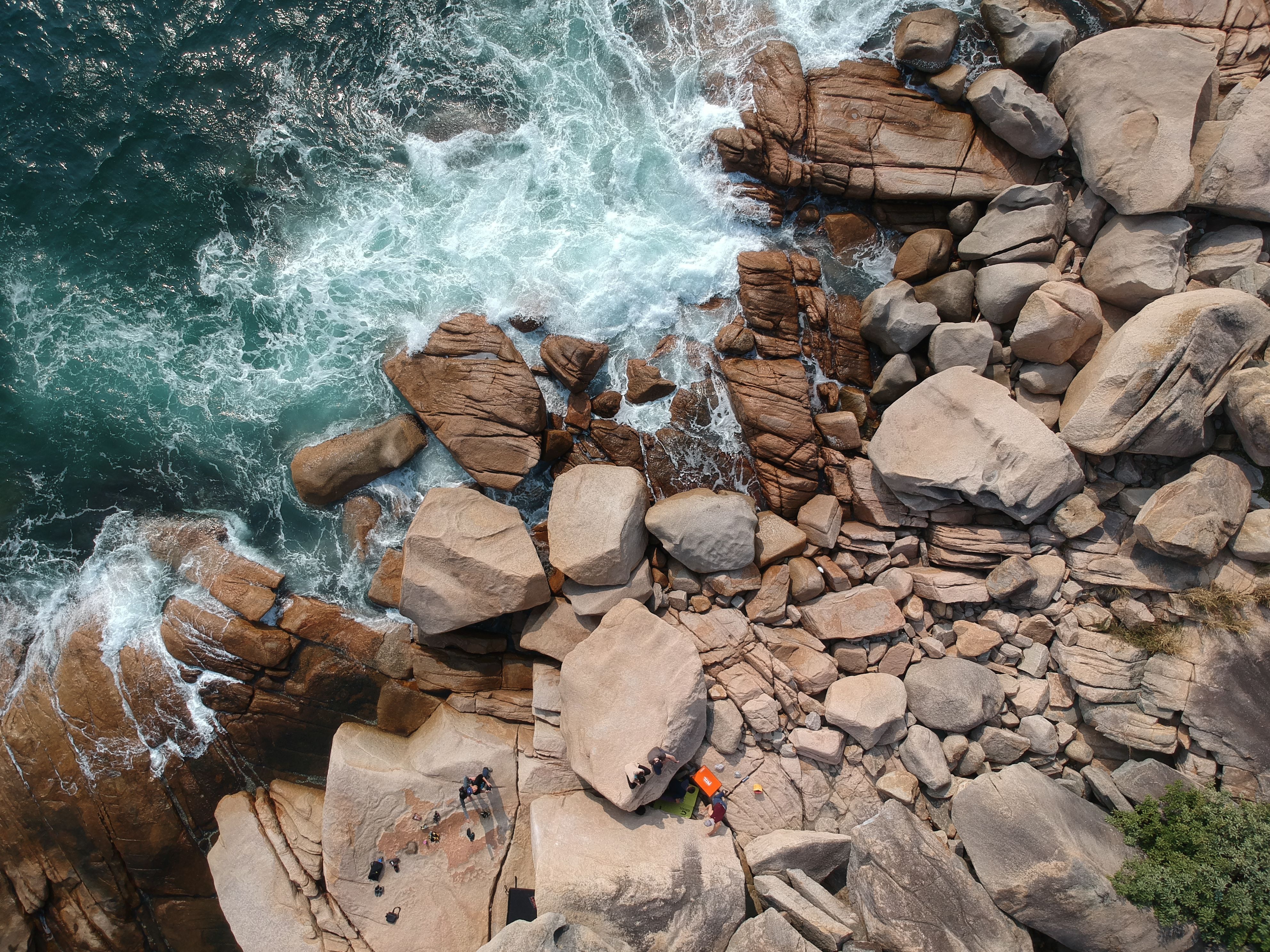“A friend I saw on Monday was exposed last Thursday,” is the first time we’re aware. We leave work and go get rapid tests, and stop socializing. In Hong Kong there are centers everywhere, booking takes 5 minutes, the test process 15, and $20. For the rest of the evening we wonder. The texts telling us the results hit 18 hours later, negative. We relax, more so when the friend and our contact both test negative. More so when the friend’s colleagues do likewise. We won’t relax for another week, until two more rounds of testing pass quietly. We are too familiar with the day twelve positive test in Hong Kong quarantine to expect any less.
Time passes slowly these years, or quickly, in lockdown in quarantine or just with the gyms shut, with sports canceled, with bars closed after 6 pm, with tables limited. Whatever small price we are paying to be healthy, to be safe, it is not a large price. We are healthy, working, and usually able to socialize in small groups, in bubbles that are more porous than those we hear about in America.
Hong Kong has been a blessing these weeks and months. Hong Kong has been a blessing this year, more now, since that first case imported directly from Wuhan by train on the 21st of January, 2020. This city was early on the panic, people here still wary of SARS, their fear borne of actual memory rather than tales. Masks appeared as if by magic, shipped from family, shipped from friends, and purchased everywhere. For a year now it’s been rare to see a smile, and we’ve all learned how to read the signs in each other’s eyes.
Standing by the ocean, the breeze whipping whitecaps at my feet, I think about how lucky we are to be able at any moment to feel the sea. We live in the world’s tallest agglomeration, in a city of density and hills, of shopping and mass transit. And yet there is the sea. It is behind us as we boulder, beside us as we walk, a guide, a road, a backdrop, majesty. Hong Kong should always be remembered first as one of the most beautiful cities people have ever built. It should be remembered as a strange conglomeration of islands and mountains, of towers and jungle. It should be remembered as being built on the sea.
Usually the harbor is relatively calm, a casual mix of pathway and vista. The ocean proper is around the corners of the island, mostly out of sight. This of course is an illusion, is a false boundary of the kind humans like to draw. Wind from the south whips it up and we are suddenly aware the harbor is sea, is part of the same ocean that shakes the ferries to outer islands, that makes the run around the corner up to Sai Kung sometimes treacherous.
On a Sunday the ocean is closer, as it washes up against the island’s southern shores. Above the waves we scramble and struggle up steep rocks our bodies are not yet ready to master. We work hard and then relax, watching some other fool cut up fingers and arms in a tricky human-prescribed endeavor, to climb this small boulder with only a few holds.
For an hour we don’t consider the sea. And then a large wave crashes, pulling all our attention away to the water. We are here above it, with a viewpoint of majesty. We are lucky, a scant half hour from our urban homes, to find this wild spot where waves lap just out of reach. We are lucky to be free, for the moment, in this city now our home.
